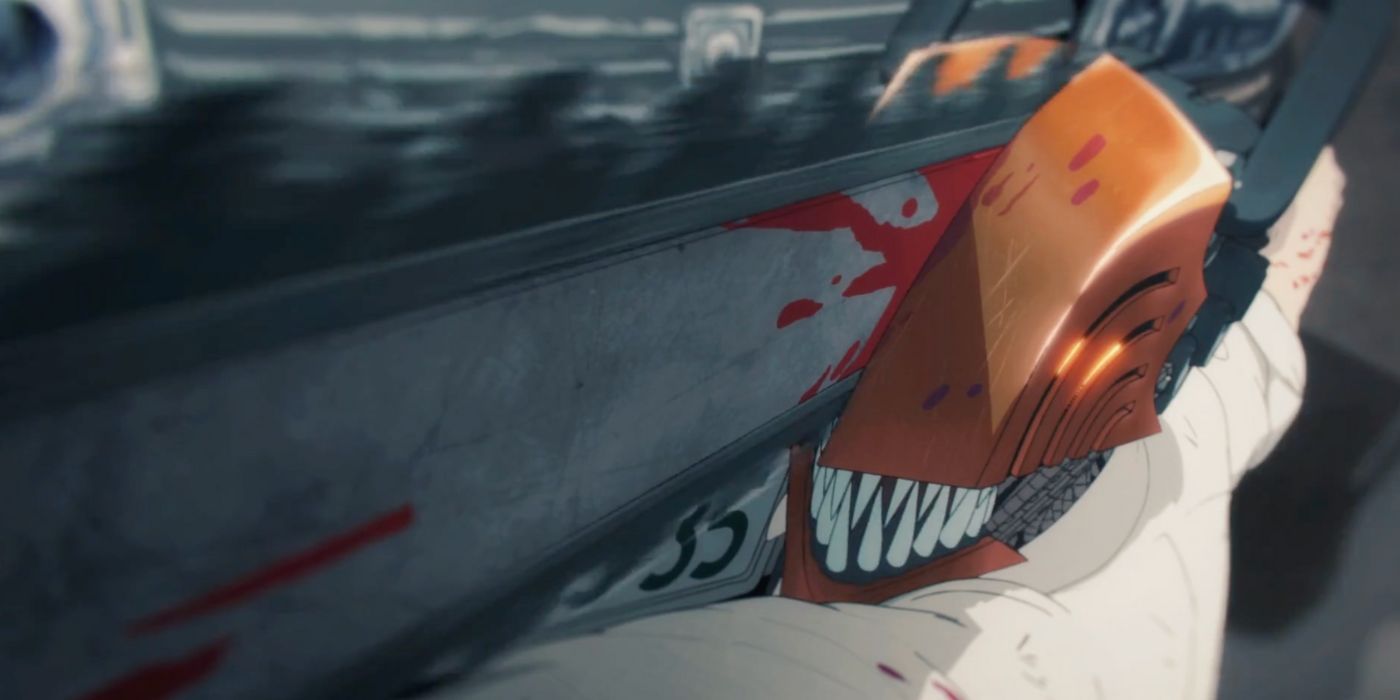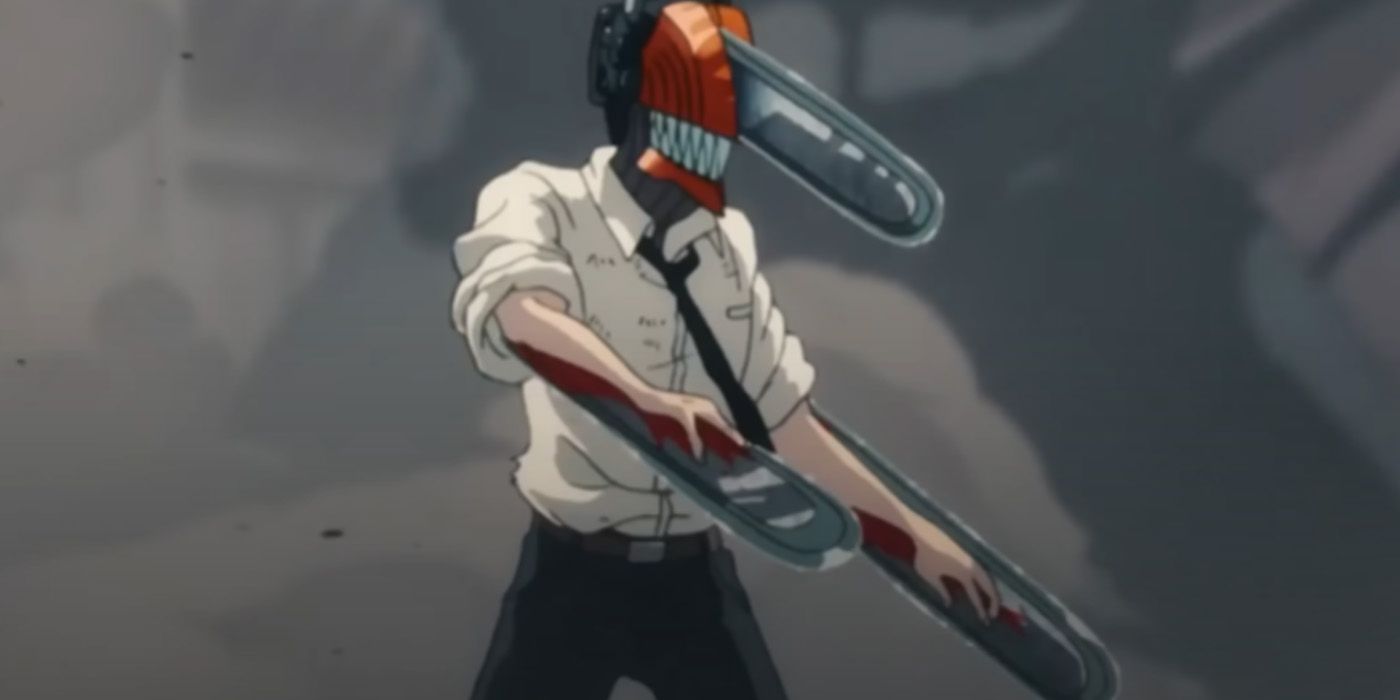Shonen anime has remained the medium's biggest "genre," but it's also changed quite a bit in the past decade. Once full of colorful heroes with unrealistic hair colors and even wackier worlds, the shonen demographic has instead given way to darker, far gorier anime. A few franchises in particular paint this sometimes bloody picture very succinctly.
This trend of dark and gritty shonen shows may seem new, but it's actually something of a throwback to an older era in anime. The trend could last for years, or the industry could see the pendulum swing in the opposite direction. This could restore more lighthearted anime to their former prominence, although "grim" shonen stories could easily prove to be more than just a passing trend.
Dark Shonen Anime Is Both an Old and a New Trend
The most recent franchises to embody this new dark direction for shonen anime include Chainsaw Man and Jujutsu Kaisen. Featuring concepts involving ghosts, demons and other supernatural entities is nothing new for shonen titles or anime in general, but it's how these shows do it that sets them apart. The battles are far bloodier than the likes of, say, the fights in Dragon Ball Z, with gore being the word of the day for the former. Even Bleach, which was always a bit edgier than initial contemporaries Naruto and One Piece, is noticeably grislier in its new and final season.
This actually isn't entirely new, as many classic shonen manga and anime were quite similar. 1980s classic Fist of the North Star was essentially a violent, head-exploding version of the Mad Max movies starring Bruce Lee. Likewise, Jojo's Bizarre Adventure -- which was itself somewhat inspired by Fist of the North Star -- featured fights that would make heroes like Goku and Luffy squelch in shock. Even the often dark Yu Yu Hakusho, a show very similar to these more recent shonen, shied away from being nearly as explicit. Thus, these new franchises doing something similar can be seen as a sort of throwback, whether it's intentional or not.
Gritty Shonen Anime May Be Here to Stay
The reason for this uptick in bloodletting shonen anime is highly debatable, as the aforementioned throwback idea has only loose evidence backing it up. One idea is that, with manga and anime becoming more globally mainstream than ever, those in the industry are seeking to create works that appeal to somewhat older audiences. After all, many of those who now enjoy Dragon Ball Super grew up with its three predecessors, so creating something that's made more so with them in mind is a great way to offer them the familiar fights of shonen in a darker context. Likewise, anything becoming more mainstream inevitably leads to a "dark deconstruction" phase, as seen in the rise of those such works in the American comic book industry back in the '90s. In fact, some of the darker content seen in the first Western-localized manga of that time only furthered this "need for bleed."
Going into the opposite extreme is of course a possibility, as these trend pendulums tend to swing from one direction to the other. This might only send longtime fans away, however, with more juvenile or youth-oriented anime likely not having the same appeal. This goes for both older audiences and young ones. Older anime aficionados could come to see mainstream anime as passing them by, whereas younger audiences familiar with their "older brother's anime" could see the kiddier new stuff as weak in comparison. Thus, at least striking a middle ground, à la the earlier sections of Bleach and even the series Demon Slayer, would be necessary to retain as wide an audience as possible. More lighthearted adventure franchises will likely still exist, but just as with kids' comics in the West, they may have to make more room for shonen titles of a darker nature.



.jpg)